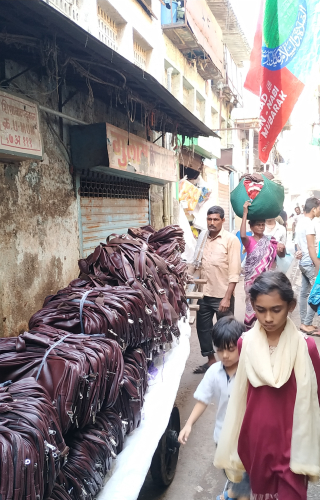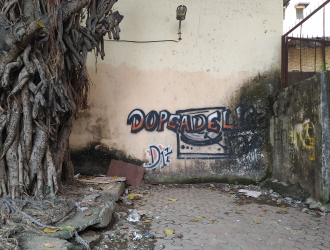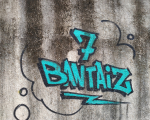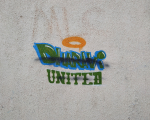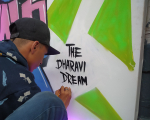Hip-hop culture has been brewing in the slums of Mumbai, especially Dharavi, for a decade. The multiculturalism and multilingualism of Dharavi neighbourhoods enable a diverse musical sensibility from the marginalised communities living there. The hip-hop artists in particular present an account of everyday life as well as the struggles of the Dharavi neighbourhoods through their art. Many youngsters in Dharavi are embracing hip-hop and narrating their story in their linguistic dialects. This phenomenon exemplifies globalisation at the grassroots focussing on the detailed exploration of the material, sensory, and emotional dimensions of the city.
There are several hip-hop crews in Dharavi, and some of them like Dopeadelicz, 7 Bantaiz, and SlumGods have achieved success in India’s independent rap music and breakdance scene. The hip-hop crews and artists in Dharavi have developed a sense of solidarity among themselves which result in collaborations like the Dharavi United and The Dharavi Dream Project (TDDP). Also called the After School of Hip-hop because of its evening classes, TDDP has been using a primary school’s space to teach hip-hop to the coming generation of Dharavi artists. It currently has 80 students learning all five elements of hip-hop: rap, graffiti, DJ, graffiti, and beatboxing.
